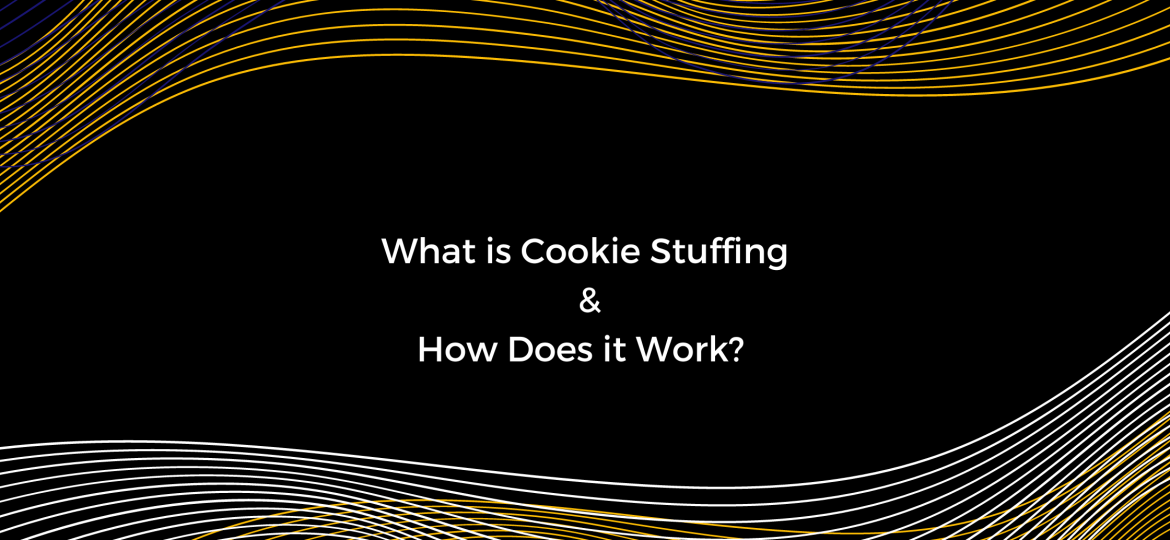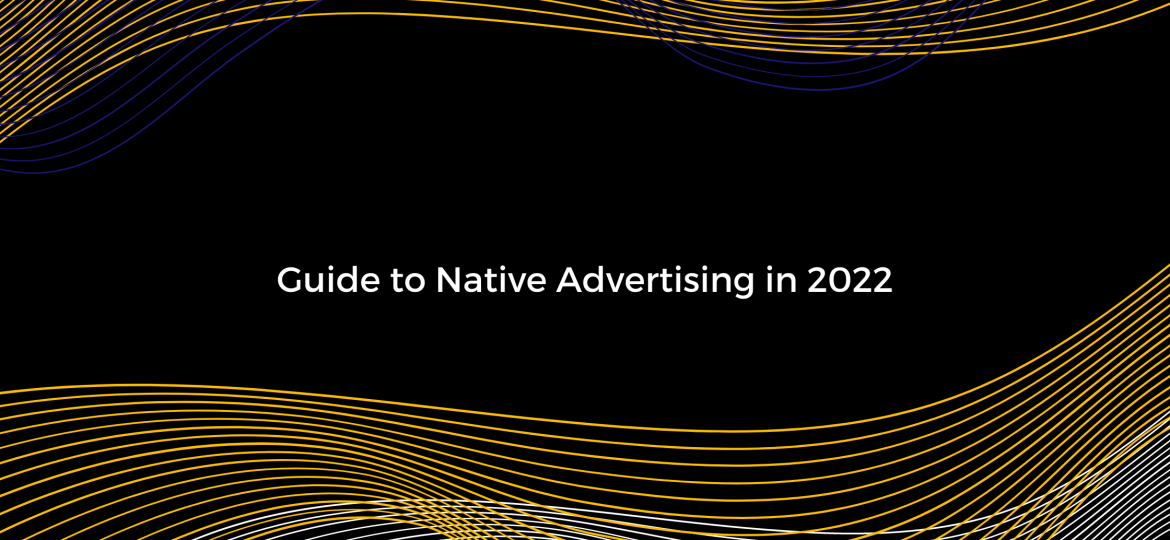The digital advertising industry is ever-evolving. Unfortunately, new opportunities go hand in hand with additional fraud risks. Affiliate cookie stuffing is one of the more popular blackhat marketing techniques used by online swindlers. In this article, we’re going to explain what that is and how exactly it works. Let’s start at the beginning. What’s a cookie? A cookie is a tiny, identifiable piece of code websites leave in your browser when you visit them. Cookies help a site remember you by tracking browsing activity and storing login credentials and other advertising data. That’s what makes them so valuable when it comes to affiliate marketing. What’s affiliate marketing and how does it come into this? Simply put, affiliate marketing means businesses pay a commission to a party that brings them clicks, site visits, or sales. So, for example, if your website sends some visitors to the Apple store, you’d get a small share of anything they buy there. Such arrangements are brokered by an affiliate network, acting as a middleman. Naturally, in order for an affiliate program to work, user visits need to be properly tracked. And that’s a prime example of the usefulness of cookies. Let’s break it down, continuing the Apple example: User clicks on your affiliate link A cookie gets dropped in the user’s browser as they are redirected to the Apple Store They make a purchase During checkout, the store website checks for affiliate cookies If any are found, the transaction is logged, and you get your…
Ad Quality
Native advertising is growing. Since the start of the pandemic, users have been more and more exposed to ads. This has made traditional online advertising less effective, urging advertisers to focus on non-intrusive native campaigns. The numbers speak loudly and clearly. Native display ad spending increased from $47.33bn in 2020 to $57.27bn in 2021. That trend is expected to last. The native advertising sector is predicted to continue growing, reaching $400bn by 2025. Let us take a closer look at native advertising, what makes it so popular, and some of the latest trends. What is native advertising? Native ads are meant to blend in. While they’re still paid ads, they’re designed to look as natural as possible, without disrupting the user experience. Unlike display ads, native ads have the same feel and function as your website content or app. To differentiate them from editorial content, they’re labeled as ‘Sponsored’, ‘Promoted’, etc. Native ads usually contain less text, relying on captivating images to get users to click. Native CPMs and CPCs are higher than those of display ads. Forms of native advertising include in-feed ad formats (e.g. on social media platforms), content recommendations (a.k.a. recommendations widgets), sponsored posts, and paid search ads in search engines, among others. Why is it trendy? Users have come to expect more from online advertising. They’ve grown more resistant to intrusive ads. Therefore, creatives are expected to be more tasteful and more relevant to user interests. Since native ads rely on a softer, more natural feel,…
At PubGalaxy, we love specialization and we focus on every aspect of website monetization. One of the most important factors for the long-term success of publishers is, inevitably, brand safety. Hence, the rise of the Ad Quality team within PubGalaxy. Most Common Ad Quality Issues Nowadays publishers’ most common problem is mobile ad malware. It represents about 95% of the total, far more compared to the desktop one – 5%. The first reason is that desktop computers have a lot more tools for properly detecting problems like Phishing, Back Button Hijacking or Auto-redirecting.



